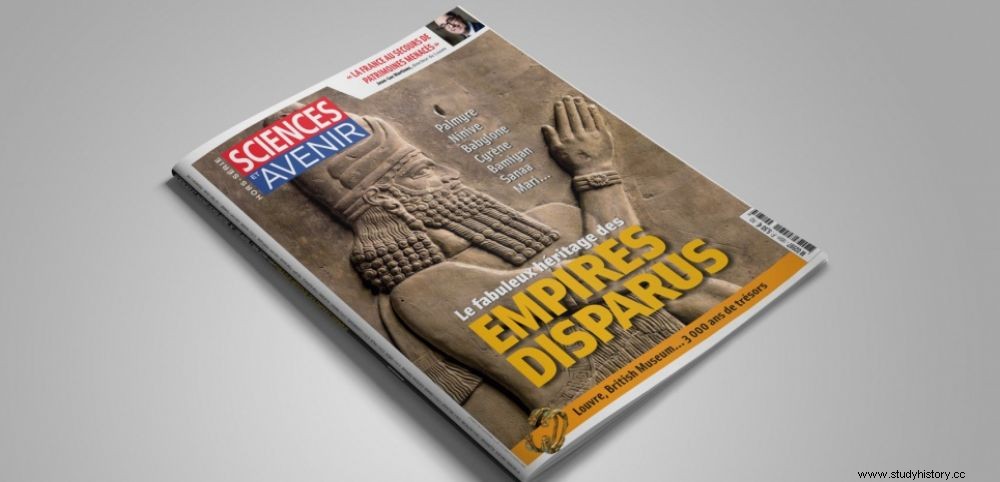 The Fabulous Legacy of Vanished Empires.
The Fabulous Legacy of Vanished Empires. EDITO. February 2015:A winged bull from the ancient city of Khorsabad is defaced with a jackhammer by Daesh in the museum of Mosul, Iraq. August 2015:terrorists blow up the temples of Baalshamin and Bel, two jewels of Palmyra, the Syrian Rome. Fifteen years ago, in 2001, it was the giant Buddhas of Bamiyan which collapsed in a huge crash, scratched by the Taliban from this landscape which they had dominated for more than a millennium. Of course, the images of these destructions, widely disseminated by fanatics, were knowingly staged. Of course, their violence remains incomparable to violence against men. But they affect something fundamental in us. As if these works, created by distant civilizations, cultures so different from ours, were part of our history despite everything. of our heritage. "Man is rich from all those who preceded him" , says Jean-Luc Martinez, the director of the Louvre. In this issue, we wanted to find out who were the builders of Palmyra, Bamiyan, Nineveh or Babylon, but also of Cyrene, in Libya, the new front of the jihadists, or of Sanaa, whose medieval tower houses are pounded by the air force in the silence of the international community.
"Terrorists are on the wrong target:erasing the past is dehumanizing man"
All these sites carry with them the memory of vanished empires, of fabulous, founding civilizations:Sumerians, Assyrians, Greeks, Romans, Sabians... Often, they were places of exchange and meeting on the silk and spice routes. . Ways of life, artistic visions, cultures yet foreign to each other have been tamed, mixed, assimilated there. To defend these vestiges, nations are mobilizing. France in the lead, whose archaeologists were often the first to undertake excavations, in the 19th century, on land now devastated by war. A race against the clock is launched in order to dismantle the networks of traffickers, to restore to the nearest millimeter and in three dimensions the vestiges which are in danger of disappearing.
These stories of rescue have their discreet heroes, such as the archivists of Timbuktu who, to preserve centuries-old manuscripts, sheltered them in the sands of the desert. They also have their martyrs. Khaled al-Assaad, 82, the director of antiquities in Palmyra, executed for refusing to leave this marvelous oasis to which he had devoted his life... "Terrorists are not the wrong target:erasing the past , it is to dehumanize the man" , says Jean-Luc Martinez again. With this special issue, we offer you a journey through time, to the sources of our common humanity
